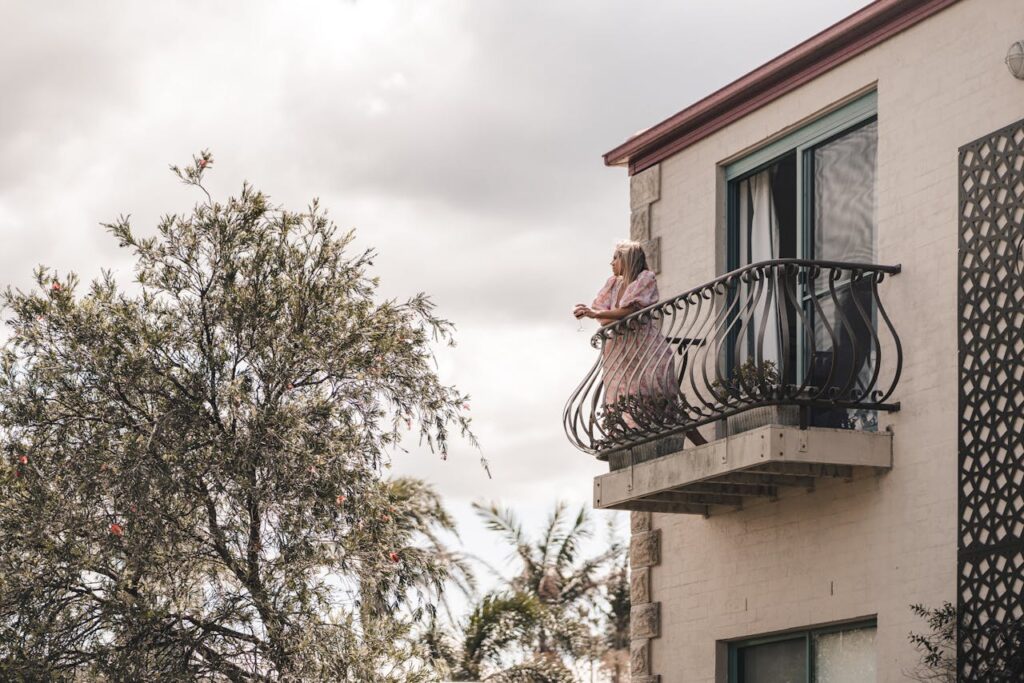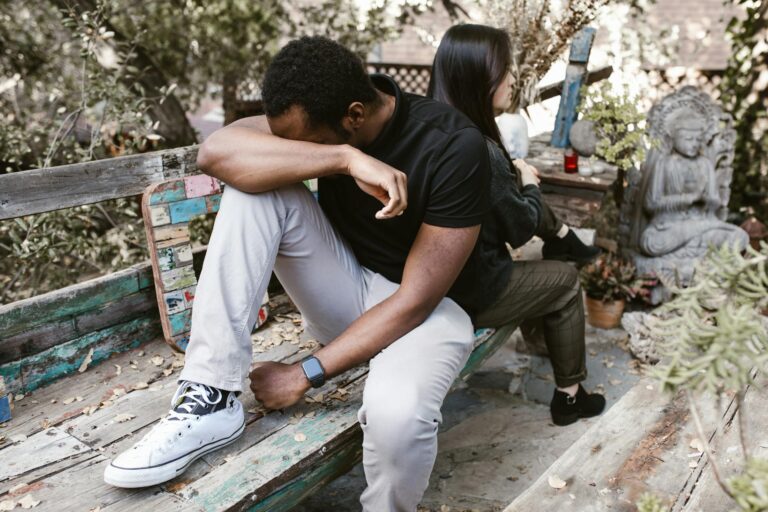
You’ve probably heard the term “dismissive avoidant” in books or on television, but what exactly does it mean?
Dismissive avoidant is a way of relating to others that involves keeping emotional distance and avoiding intimacy.
Characteristics of Dismissive Avoidant Individuals
Emotional Detachment
Think of that friend who always seems to have their guard up emotionally. Yeah, they might have a dismissive avoidant vibe.
They’ve mastered the art of keeping their feelings under wraps, often resorting to a stoic façade to hide any signs of vulnerability. It’s not that they don’t experience emotions—it’s just that they prefer to keep them hidden, even from themselves.
This emotional distance can manifest in various ways in relationships. They might brush off compliments or avoid deep conversations about feelings, opting instead for surface-level interactions. To them, vulnerability feels risky, like opening themselves up to potential hurt or rejection.
Fear of Intimacy
The fear of Intimacy can be scary for dismissive avoidant individuals. They’re not big fans of getting too close to others because it feels like their independence is at stake. So, they tend to keep their distance to protect themselves from feeling vulnerable.
Imagine standing at the edge of a cliff, the vast unknown stretching out before you. That’s what intimacy can feel like for someone with a dismissive avoidant attachment style—an intimidating leap into the unknown, fraught with uncertainty and vulnerability.
For these individuals, intimacy isn’t just about physical closeness—it’s about emotional connection, the kind that leaves you exposed and vulnerable. And that’s where the fear kicks in. It’s a primal instinct, a protective mechanism wired into their psyche, urging them to keep their distance to avoid potential pain or rejection.

Self-Sufficiency
Picture the lone wolf, strolling the wilderness with nothing but its own instincts and resourcefulness. That’s the essence of self-sufficiency—a fierce independence that drives dismissive avoidant individuals to rely solely on themselves, even in the realm of relationships.
For these individuals, self-sufficiency isn’t just a preference—it’s a way of life. They pride themselves on their ability to stand on their own two feet, to tackle life’s challenges without needing a helping hand. It’s not that they don’t value connection or support from others—it’s just that they prefer to maintain their autonomy and independence above all else.
Causes of Dismissive Avoidant Attachment
Early Childhood Experiences
Our attachment styles often stem from early experiences with parent’s dismissive avoidant attachment can develop if a child’s needs for emotional closeness aren’t consistently met. This can lead them to learn that it’s safer to keep their distance from others.
Parental Attachment Styles
Parents play a big role in shaping how we relate to others. If a child grows up with parent’s who are emotionally distant or dismissive, they’re more likely to adopt similar behaviour’s in their own relationships.
Impact on Relationships
Difficulty in Expressing Emotions
Expressing emotions isn’t exactly a walk in the park for dismissive avoidant individuals. They might struggle to open up and tend to downplay the importance of emotional intimacy in relationships.
Tendency to Sabotage Relationships
Ever wonder why some relationships seem doomed from the start? Well, sometimes it’s because one person has that dismissive avoidant mindset. They might unknowingly sabotage things to keep their emotional distance.

Recognizing Dismissive Avoidant Behaviour
Signs and Symptoms
Spotting someone with a dismissive avoidant vibe doesn’t require being a detective. Look out for signs like keeping their emotions under wraps, avoiding deep conversations, and needing lots of personal space.
Relationship Patterns
Dismissive avoidant individuals aren’t exactly subtle when it comes to their behaviour in relationships. If you notice a pattern of them pulling away when things get too close or avoiding emotional talks, it might be a sign they’ve got that dismissive avoidant style going on.
Coping Strategies
Communication Techniques
Communication is key when it comes to relationships with dismissive avoidant individuals. Encourage open dialogue and show them that it’s safe to share their feelings without judgment.
Seeking Therapy
Therapy isn’t just for major life crises. It can also be super helpful for someone dealing with this attachment style. Therapy can help them unpack their past experiences and learn healthier ways to relate to others.
Understanding dismissive avoidant behaviour is akin to unravelling a complex puzzle that holds the key to deeper human connections.
While it presents its share of challenges, there’s a glimmer of hope shining through the darkness.
By exploring the depths of their fears and untangling the threads of past experiences, individuals can work towards healing and growth.
It’s about embracing vulnerability, summoning the courage to step beyond the confines of comfort, and rewriting the narratives of their relationships to foster greater authenticity and intimacy.


